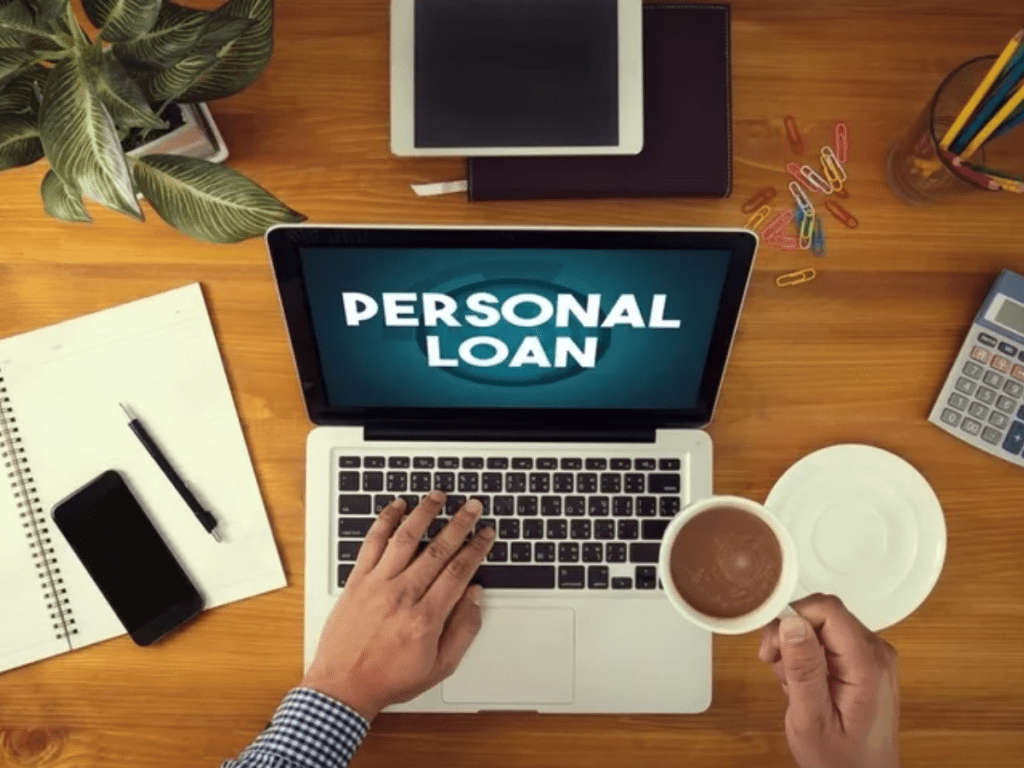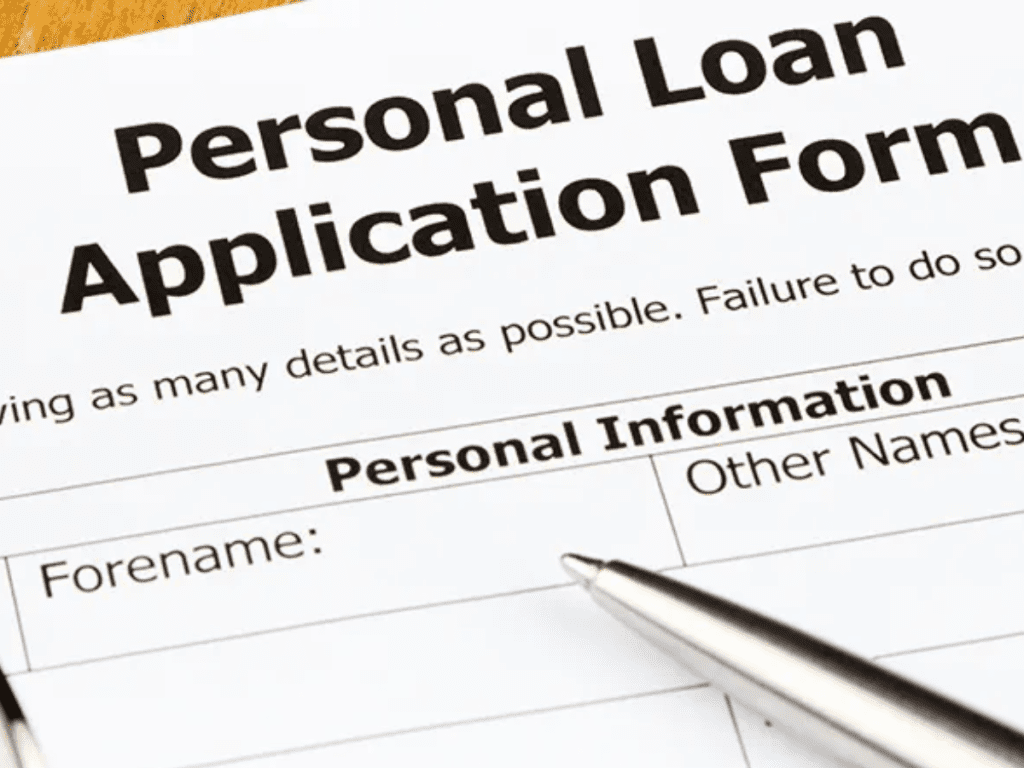Introduction
Personal loans are a popular financial tool that can be utilized for various purposes, from consolidating debt to funding home renovations or managing unexpected expenses. However, numerous myths and misconceptions surround personal loans, which can discourage people from considering them as a practical option. This guide addresses and debunks some of the most common myths about personal loans to help you make informed financial decisions.
Myth 1: Personal Loans Are Only for Emergencies
A widespread belief is that personal loans should only be used during emergencies. While personal loans are certainly beneficial for urgent needs, such as medical bills or emergency repairs, they are not limited to such situations. Personal loans can be applied to:
- Consolidating high-interest debt
- Funding weddings or vacations
- Financing home improvement projects
- Starting or expanding a small business
The flexibility of personal loans makes them a valuable financial solution for planned and unplanned expenses alike.
Myth 2: Personal Loans Have Extremely High Interest Rates
Many people assume that personal loans come with excessively high interest rates. Although personal loan rates can be higher than those for secured loans like mortgages, they are often lower than credit card interest rates. Moreover, interest rates on personal loans vary depending on factors such as your credit score, income, and choice of lender. Borrowers with good to excellent credit can often secure competitive rates.
To get the best deal, compare offers from multiple lenders. Some lenders offer prequalification tools, allowing you to see estimated rates without impacting your credit score.
Myth 3: Personal Loans Harm Your Credit Score
A common misconception is that taking out a personal loan will damage your credit score. While applying for a loan triggers a hard inquiry that may temporarily lower your credit score, responsible management of a personal loan can improve your credit over time. Here’s how:
- Timely Payments: Consistently making on-time payments demonstrates reliability to lenders.
- Credit Mix: Having a variety of credit types (e.g., loans and credit cards) can positively impact your score.
- Lower Credit Utilization: Using a personal loan to pay off credit card debt can reduce your credit utilization ratio, a key factor in your credit score.
Myth 4: Only Those with Perfect Credit Can Get a Personal Loan
It is often believed that personal loans are exclusively available to individuals with excellent credit. While a high credit score does help secure favorable terms, personal loans are accessible to a wide range of credit profiles. Some lenders specialize in offering loans to borrowers with fair or even poor credit, though the interest rates and fees may be higher.
If you have less-than-ideal credit, you can improve your chances of approval by:
- Demonstrating steady income
- Applying with a cosigner who has good credit
- Opting for a secured personal loan
Myth 5: Personal Loans Are a Last Resort
Some individuals view personal loans as a financial measure of last resort. In reality, they can be a strategic choice in various situations. For instance, consolidating high-interest debt with a personal loan can reduce overall interest costs and simplify your finances. Similarly, using a personal loan to fund home improvements can increase your property’s value.
Myth 6: Applying for a Personal Loan Is Complicated
Contrary to popular belief, applying for a personal loan is often a straightforward and quick process. Many lenders offer online applications that can be completed in minutes. Once you provide the necessary documentation, some lenders approve and disburse funds within one or two business days.
To streamline the application process, have these documents ready:
- Proof of identity (e.g., driver’s license or passport)
- Proof of income (e.g., pay stubs or tax returns)
- Proof of residence (e.g., utility bill or lease agreement)
- Bank account details for fund transfer
Myth 7: Personal Loans Are Too Risky
While any borrowing carries risks, personal loans are not inherently dangerous. They are typically unsecured, meaning no collateral is required. This reduces the risk of losing assets like your home or car in the event of default.
To borrow responsibly:
- Only take what you need
- Understand the loan’s terms, including rates and fees
- Budget carefully for monthly payments
Myth 8: Personal Loans Can Only Be Obtained from Banks
Many people assume that traditional banks are the only source of personal loans. However, credit unions, online lenders, and peer-to-peer lending platforms also offer personal loans. Online lenders, in particular, are known for their competitive rates and quick approval processes. By exploring various options, you can find a lender that fits your needs.
Myth 9: Personal Loans Have Hidden Fees
Some believe that personal loans are riddled with hidden fees. While certain lenders may charge fees, reputable ones are transparent about costs. Common fees include:
- Origination Fees: Deducted upfront from the loan amount
- Late Payment Fees: Imposed for missed payments
- Prepayment Penalties: Charged for early loan repayment
To avoid surprises, thoroughly review the loan agreement and ask about any potential fees before signing.
Myth 10: Personal Loans Are Only for Large Amounts
Another misconception is that personal loans are only suitable for significant borrowing. In reality, personal loans can range from a few hundred dollars to tens of thousands, depending on your creditworthiness and the lender. This flexibility makes them a viable option for both small and large financial needs.
Myth 11: You Can Only Have One Personal Loan at a Time
Some individuals think they can only hold one personal loan at a time. However, you can take out multiple personal loans if you meet eligibility criteria and can manage the additional debt. That said, overborrowing can strain your finances and negatively impact your credit.
Myth 12: Personal Loans Aren’t Worth It
The belief that personal loans are not worth considering often arises from misunderstandings about their purpose and benefits. When used strategically, personal loans can provide financial relief and help achieve goals. For example:
- Consolidating high-interest debt with a lower-interest personal loan saves money.
- Financing home improvements with a personal loan can boost property value.
- Using a personal loan for education costs can enhance future earning potential.
Conclusion
Personal loans are a versatile and practical financial tool, yet myths and misconceptions often discourage people from exploring their potential. By understanding and debunking these myths, you can make informed decisions about whether a personal loan is the right choice for you. Always compare lenders, read the fine print, and borrow responsibly to maximize the benefits of a personal loan. Whether for debt consolidation, home improvements, or other needs, personal loans can be a valuable resource when used wisely.

